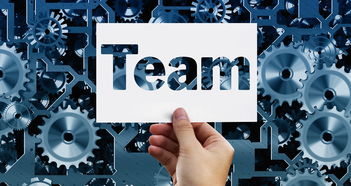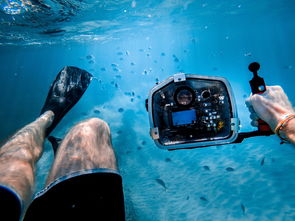In today's rapidly evolving world, the impact of high-tech on our daily lives is undeniable and far-reaching. From the way we communicate to how we work, learn, and even relax, technology has become an integral part of our existence. This essay will explore the various dimensions of high-tech life, highlighting both its benefits and challenges.

Firstly, let's consider communication. The advent of smartphones and social media platforms has revolutionized the way we interact with one another. Gone are the days when we had to rely on letters or landline phones to stay in touch with friends and family. Now, with just a few taps on our screens, we can instantly connect with people across the globe. This has not only made communication more convenient but also fostered a sense of global community, as we can share our experiences and learn from others in real-time.
In the realm of work, high-tech has transformed the traditional office environment. Remote work has become increasingly popular, thanks to cloud-based services and collaboration tools that allow employees to work from anywhere. This flexibility has led to a better work-life balance for many, as they can now choose their working hours and locations. Moreover, automation and artificial intelligence have taken over repetitive tasks, enabling workers to focus on more creative and strategic aspects of their jobs.
Education, too, has been significantly impacted by technology. Online learning platforms have made education more accessible, allowing students to learn at their own pace and from the comfort of their homes. Virtual classrooms and interactive educational apps have also made learning more engaging and personalized. However, the digital divide remains a challenge, as not all students have equal access to these resources, which can exacerbate existing inequalities in education.
Healthcare is another sector where high-tech has made a significant difference. Telemedicine has become a reality, allowing patients to consult with doctors remotely, which is particularly beneficial in rural areas or for those with limited mobility. Wearable devices and health apps monitor our vital signs and provide valuable data to healthcare providers, enabling proactive health management. Yet, concerns about data privacy and the potential for misdiagnosis due to reliance on technology are issues that need to be addressed.
Entertainment has also been revolutionized by high-tech. Streaming services have replaced traditional cable TV, offering a vast array of content at our fingertips. Virtual reality and augmented reality technologies provide immersive experiences that were once only possible in our imaginations. However, the overconsumption of digital media and the potential for addiction are concerns that society must grapple with.
The environmental impact of high-tech is a complex issue. On one hand, technology has enabled more sustainable practices, such as smart grids and renewable energy sources. On the other hand, the production and disposal of electronic devices contribute to electronic waste and resource depletion. It is crucial that we develop and implement sustainable practices in the tech industry to minimize its environmental footprint.
In conclusion, high-tech has undeniably enriched our lives in numerous ways, from enhancing communication to improving healthcare. However, it also presents challenges that we must navigate carefully. As we continue to embrace technological advancements, it is essential that we do so with a mindful approach, ensuring that the benefits are shared equitably and that we mitigate the potential negative impacts. The future of high-tech is bright, but it is up to us to shape it in a way that serves the greater good.









